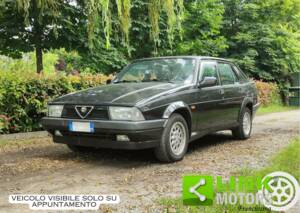- Car
- Alfa Romeo
- Alfa Romeo 75 (10 offers)
Alfa Romeo 75 classic cars for sale
The Alfa Romeo 75 is renowned among enthusiasts for its transaxle rear-wheel-drive layout, balanced handling and the memorable range of high-revving engines, from lively four-cylinders to the famous V6 ‘Busso’. Developed during Alfa Romeo’s independence before the company’s acquisition by Fiat, the 75 symbolises the last era of traditional Milanese engineering in a four-door sports saloon. Its distinct wedge-shaped design and innovative chassis define the 1980s Alfa character.
Search results
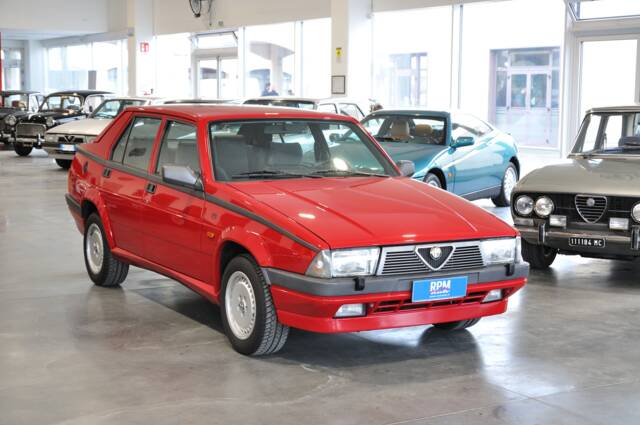
1988 | Alfa Romeo 75 2.0 Twin Spark
Prima serie CRS targa MI
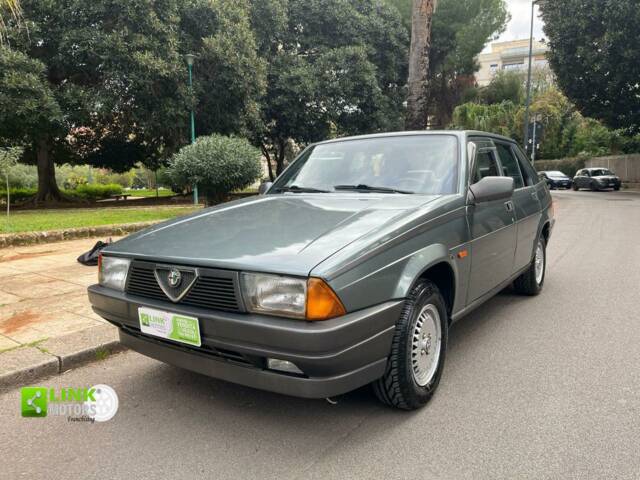
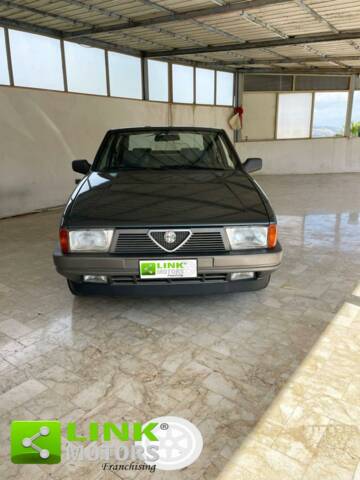
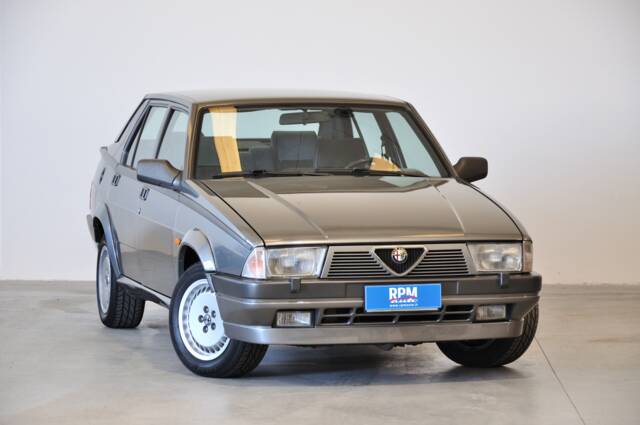
1987 | Alfa Romeo 75 2.0 Twin Spark
clima 1a serie ASI CRS
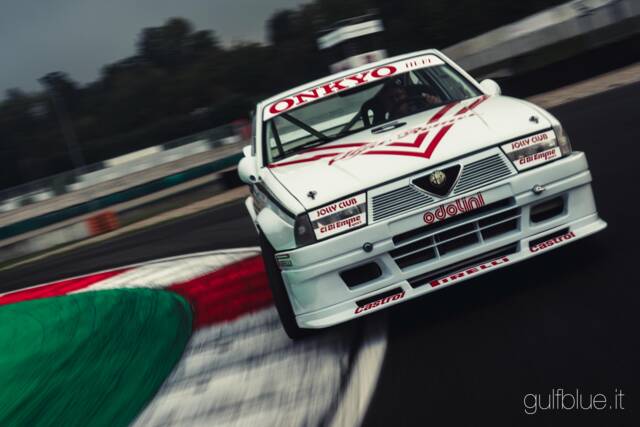
1990 | Alfa Romeo 75 1.8 Turbo
official CiBiEmme - Jolly Club car, driven by Nicola Larini and Gianni Morbidelli with a great racing pedigree
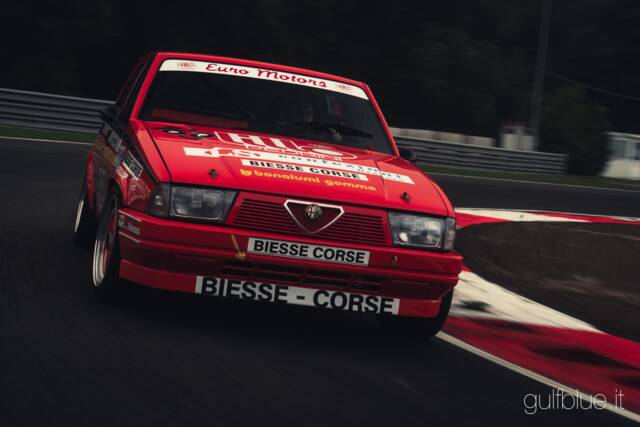
1986 | Alfa Romeo 75 2.5 V6
One of the most popular 75 Gr.A in Italy at the time, ready to race, FIA HTP One of the most popular 75 Gr.A in Italy at the time, ready to race, FIA HTP

1991 | Alfa Romeo 75 2.0 Twin Spark
ALFA ROMEO 75 2.0i Twin Spark 148 CV CAT
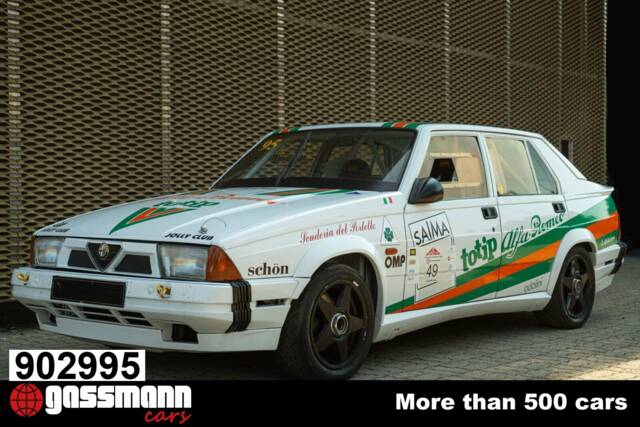
1988 | Alfa Romeo 75 3.0 V6 QV
75 3.0 V6 - Tipo 162B6
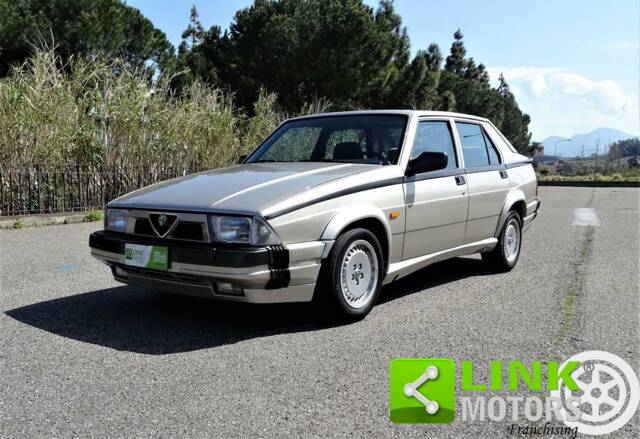
1988 | Alfa Romeo 75 3.0 V6 America
ALFA ROMEO 75 1.8 turbo America
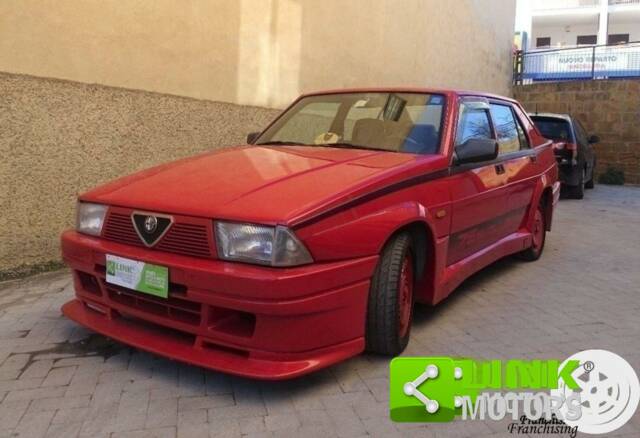
1987 | Alfa Romeo 75 1.8 Turbo Evoluzione
ALFA ROMEO 75 ALFA-ROMEO 75 1.8i turbo Evoluzione
Alfa Romeo 75 listing references from Classic Trader
Below you will find listings related to your search that are no longer available on Classic Trader. Use this information to gain insight into availability, value trends, and current pricing for a "Alfa Romeo 75" to make a more informed purchasing decision.

1987 | Alfa Romeo 75 1.8
Introduction and history of the Alfa Romeo 75
Launched in May 1985 to commemorate Alfa Romeo’s 75th anniversary, the Alfa Romeo 75 replaced the Giulietta and was internally designated as Tipo 162B. As the last model developed fully by Alfa Romeo before the 1986 Fiat takeover, the 75 holds a unique place in the brand’s timeline. Its reputation stems from the use of the transaxle layout, which set it apart from other mid-sized saloons of its era. The 75's production continued until 1992, with over 386,000 units built, before making way for the front-wheel-drive Alfa 155. The car is closely associated with the pre-Fiat era of Alfa Romeo, keeping alive Milanese engineering traditions that faded in subsequent generations.
Model history
The Alfa Romeo 75 succeeded the Alfetta and Giulietta, maintaining technical links with both, especially the transaxle drivetrain. Early models were distinguished by their bold wedge shapes and angular details, while the 1988 facelift brought refined bumpers, a new grille, updated lighting and improved interior appointments. Engine choices ranged from the fuel-efficient 1.6 to the sporty 3.0 V6, with a spread of four- and six-cylinder engines plus turbocharged versions. Its run ended in 1992, succeeded by the Alfa 155—ushering in front-wheel drive and greater Fiat influence.
Highlights of the Alfa Romeo 75
Distinct features of the 75 include the unique transaxle drivetrain, ensuring nearly perfect weight distribution, and De-Dion rear axle. The 75’s design by Ermanno Cressoni incorporates a signature kink in the C-pillar, and the interior is notable for its angular cockpit and unusual handbrake lever shape. Factory options varied from cloth to Alcantara and leather trim, while digital features like the ‘Alfa Romeo Control’ panel monitored vehicle systems—advanced for the era. Special running gear and larger wheels distinguish top versions. Notably, the 75 was marketed in North America as the Milano, adapted to local markets.
Technical Data
Special Editions and Collectible Models
Notable special versions include the limited-production 75 ASN (1,000 units), Turbo Evoluzione for Group A homologation (approximately 500 units), and high-performance models such as the Turbo America and Quadrifoglio Verde. ASN editions often feature Recaro sports seats, special badges, and unique finishes. The Turbo Evoluzione was developed for motorsports, utilising reinforced chassis and uprated turbo engines, and street versions are coveted for their motorsport lineage. The Turbo ASN and Evoluzione stand out for their rarity and performance upgrades, reflected in specific trim and lightweight construction.
Weak Spots and Common Issues
While generally robust, sourcing certain original parts can be challenging today, particularly for turbocharged and limited-run special editions. Watch for wear on De-Dion rear axles, ageing electronic check panels, and potential corrosion around the wheel arches or underbody. Suspension bushings and joints may show age-related degradation, affecting the precise handling that defines the 75. Vehicles converted for motorsport, or those with extensive modifications, require careful inspection for non-standard repairs or fatigue.
Engine and Performance, Transmission and Handling
All 75 variants deliver a distinct driving experience, underpinned by the rear-wheel-drive transaxle setup and well-tuned De-Dion suspension. Four-cylinder engines—especially the 2.0 Twin Spark—offer lively revving and adequate power for a light-bodied saloon, while the headline 3.0 V6 is revered for its strong torque and characterful exhaust note. The stiff chassis and near-perfect weight distribution give the 75 unusually neutral and responsive handling, an attribute praised by period reviewers. Acceleration differs by version, with 0-100 km/h figures as low as 8.2 seconds for the 2.0 TS and top speeds up to 205 km/h. Race-inspired models feature stiffer suspensions, larger brakes, and reinforced components for greater performance. - Alfa Romeo 75 2.0 Twin Spark: Twin-spark ignition, brisk acceleration, and engaging handling.
- Alfa Romeo 75 3.0 V6: V6 engine, top performance in the model range, sophisticated sound.
- Alfa Romeo 75 Turbo Evoluzione: Turbocharged, homologation model for Group A, lightweight and high-strung power.
- 75 ASN, America, Le Mans Editions: Special trim, limited production, motorsport influence.
Interior, Comfort, Exterior and Design
The Alfa 75’s stylistic identity is evident in Cressoni’s wedge-shaped silhouette, the sharp crease along the profile, and the notable C-pillar kink. Factory and special edition colours span Alfa Red, metallic grey, pastel black, white, and silver, often set off by black or body-colour side mouldings. Wheels ranged from standard 14-inch to as much as 16-inch on special models. Inside, the 75 featured angular dashboard architecture, blocky controls and the distinctive ‘bow’ handbrake. Fabrics vary—standard cloth, plush velour, or leather on higher trims. Accessories included the Alfa Romeo Control panel, electric windows, height-adjustable steering wheel, and, in rarer models, Recaro sport seats, numbered plaques, and leather-rimmed steering wheels.
Other relevant features
Alfa 75 models frequently obtained ASI certifications (Automotoclub Storico Italiano) due to historical significance. In motorsport, the 75 provided a basis for Group A touring car racing, particularly the 1.8 Turbo variants adapted by Alfa Corse. Motorsport conversions often featured OMP, Sparco, and safety equipment for competition. Some versions were used by the Italian Carabinieri’s rapid intervention units in the late 1980s, attesting to their speed and agility.
Summary
The Alfa Romeo 75 aligns Milanese engineering brilliance with late 1980s automotive style. Its advanced technical solutions—transaxle, De-Dion rear axle, and balanced chassis—offer a driver engagement not found elsewhere in the segment. Special editions and racing heritage further elevate its classic status, and with the dominance in supply and demand statistics, the 75 is undeniably the backbone of classic Alfa Romeo saloons in today’s collector market.






